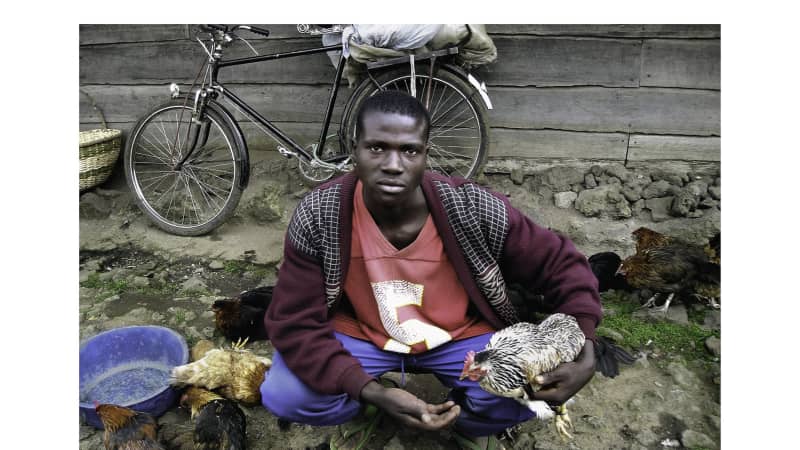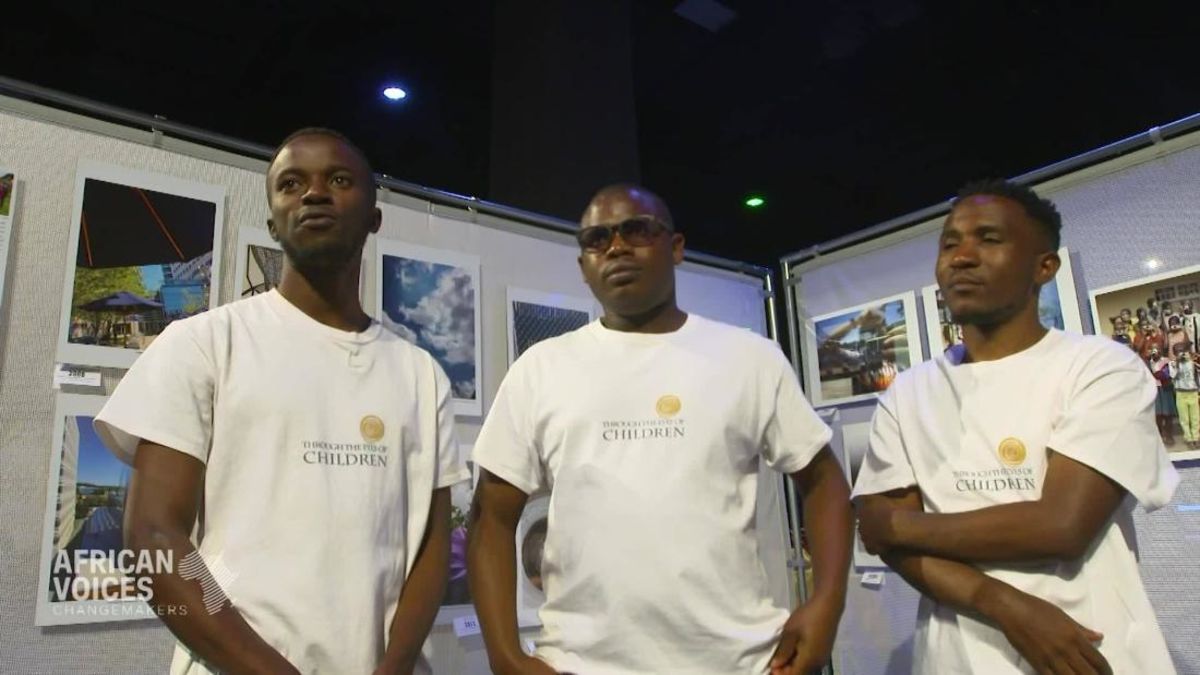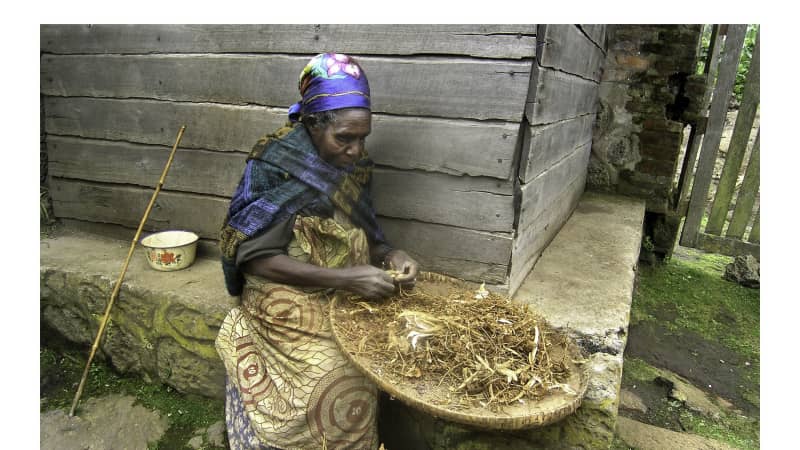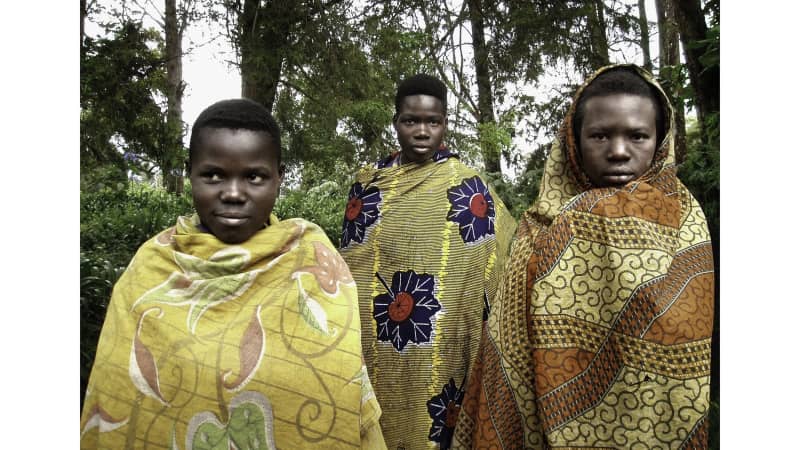(CNN) — Mussa Uwitonze spent the better part of his childhood in an orphanage in Rwanda.
Uwitonze’s parents were killed in the Rwandan genocide in 1994. And at the age of five, he was moved from a refugee camp to Imbabazi Orphanage in northwestern Rwanda.
3 former Rwandan orphans who were taught photography as kids, now are passing on that skill to vulnerable children around the world.
It was at the orphanage Uwitonze, now 28, made two of his closest friends — Gadi Habumugisha and Jean Bizimana.
Like these three, many of the families of the children were killed during the genocide, while others died of diseases when they fled to Congo as refugees.
“I was a little child and then there was Red Cross that came and said the little kids have to go to the orphanage in Rwanda … So, I was picked to go to this orphanage,” Uwitonze told CNN.
Finding photography
Through the project, Jiranek taught photography to 19 children from the orphanage. They included Uwitonze and his friends.
“Everyone wanted to learn photography. So, every kid wanted to participate. The founder of the orphanage chose the most interested ones and the ones who did well in school. So that’s how we were selected,” Gadi Habumugisha told CNN.
Habumugisha, now 27, says learning photography exposed him to people and things outside the walls of Imbabazi.
“Learning photography as a kid added so much to my life because I was living in an orphanage. I would say a closed fence where we didn’t interact much with the community around us.
“But, after we’re handed cameras, we went outside into our communities and met with people, made friends and learn so much from them. So, I learned so much from this privilege of having a camera as a young kid,” he said.
Becoming the ‘Camera Kids’
David Jiranek who started the photography project died in 2003, but these camera kids who are now professional photographers are keeping it alive.

“Man with bike and birds” by Dusingizimana. Age 20, 2005.
Through The Eyes of Children / Dusingizimana
The three men teach the basics of lighting, composition and other photography techniques. “The purpose of (the project) is to share what we have learned when we were kids to the other kids. It’s like giving the kids hope or sharing our experience with them.
“The kids that are in vulnerable situations. So we think with our experience, if we share them with others, it can help them too,” Jean Bizimana told CNN.
Giving hope to the vulnerable
The photographs made by some of their workshop participants have been exhibited at the US Embassy in Rwanda and the United Nations headquarters in New York.
Uwitonze says the team hopes to give people a voice by teaching them to take powerful pictures.
“I think as photographers we are trying to pay forward to the other kids who don’t have the voice that we didn’t have at the same age. So, being able to give people a voice that they don’t have, it’s part of a big change.”


